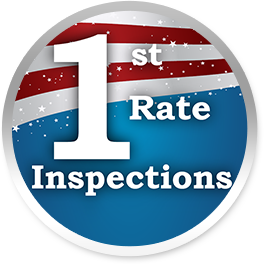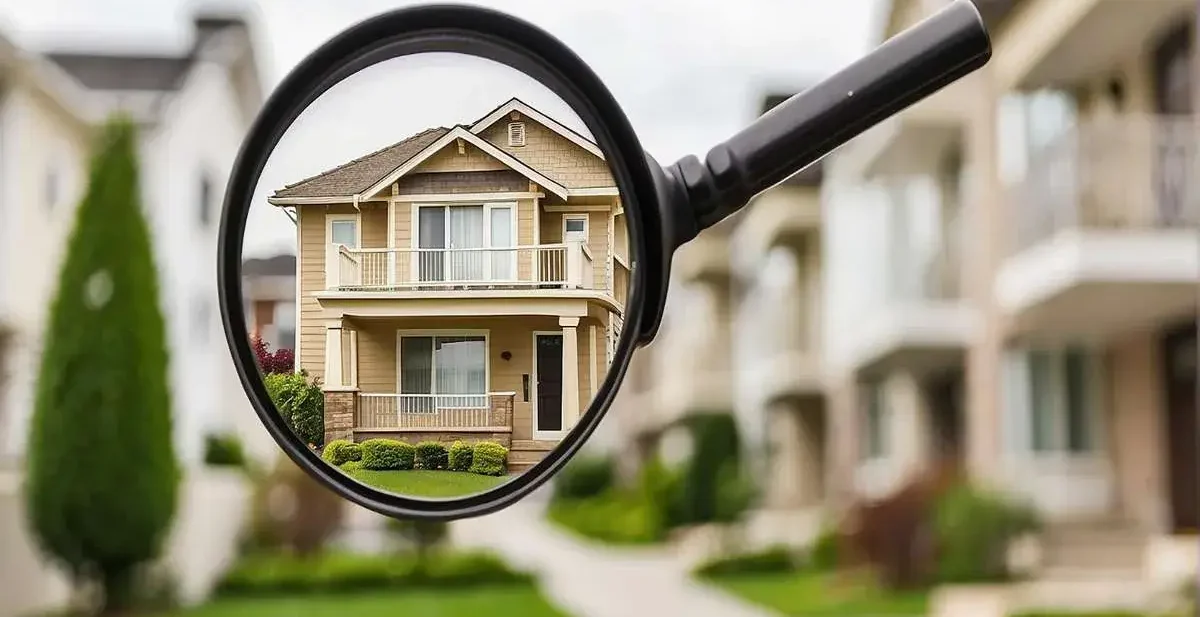
If you have ever lived in a stucco home, or you are planning to buy one, you must’ve heard of the term “stucco inspection.” Apart from just visually assessing the type of stucco used and its condition, there are two types of stucco inspection.
Understanding the difference between the two can save you from buying the wrong house or costly repairs as well. So, let’s know everything about stucco inspection and how invasive and non-invasive methods work.
What is a Stucco Inspection
A stucco inspection is a specialized assessment done by a trained inspector to check for signs of moisture intrusion, installation flaws, or structural problems behind the stucco surface.
The purpose of this inspection is to find out whether your home’s stucco system is still performing well or if it’s silently letting moisture in. It requires specialized tools, techniques, and expertise to detect the problem.
Why Stucco Inspections Are Important
Stucco is a popular siding material known for its smooth finish, durability, and curb appeal. But here’s the catch: while it looks great on the outside, stucco can hide serious moisture problems underneath.
Water can seep in through window frames, door trims, roof flashing, or even hairline cracks. If it gets trapped behind the stucco layer, it can cause mold, rot, and structural damage. That’s why regular stucco inspections are critical, especially in humid or rainy climates.
Non-Invasive VS Invasive Stucco Inspection
While checking it in depth, there are two types of stucco inspection; let’s discover the difference between the two.
-
Non-Invasive Stucco Inspection
A non-invasive stucco inspection is exactly what it sounds like: an inspection that doesn’t break, damage, or puncture your home’s exterior walls. In this inspection, the inspectors use specialized tools to detect signs of trouble. The tools used in this inspection are:
- Infrared cameras to spot temperature differences due to trapped moisture
- Moisture meters to detect moisture levels without drilling
- Visual inspection tools to examine caulking, cracks, window trim, etc.
A non-invasive stucco inspection is helpful to identify obvious signs of water intrusion, check the quality of caulking, notes staining, discoloration, flashing, mold growth, and other surface damages.
Pros of Non-Invasive Stucco Inspection
This inspection sounds like a good option because it’s:
- Non-damaging: great for newer homes or as a first step
- Fast and efficient: usually completed within a few hours
- Cost-effective: cheaper than invasive inspection
Cons of Non-Invasive Stucco Inspection
There are some limitations too, like:
- It has limited accuracy as it can’t find hidden water damage.
- It just provides surface-level data; underlying issues may go unnoticed.
-
Invasive Stucco Inspection
The invasive stucco inspection involves physical probing behind the stucco surface to measure moisture levels and check for hidden damage directly. It is usually performed when the non-invasive stucco inspection raises red flags. In this technique, the inspector may perform the inspection according to the following technique:
- Drill holes into the suspect area
- Insert a 2-pin moisture probe connected to a calibrated meter
- Plug holes with color-matched sealant after testing
- Sometimes includes borescope cameras to have visuals
An invasive stucco inspection provides accurate moisture readings behind the stucco, structural wood damage or rot, mold or mildew presence, hidden leaks or poor drainage systems, and installation defects not visible from the outside.
Pros of Invasive Stucco Inspection
This inspection is better as it is:
- Provides highly accurate moisture readings
- Reveals concealed issues (helpful if you’re a buyer)
- Helps develop a precise repair plan
Cons of Invasive Stucco Inspection
Here are a few cons of this method:
- Minor exterior damage (small drill holes)
- Slightly more expensive than non-invasive
- Takes longer to complete
Choosing the Right One for You
If you can’t decide which stucco inspection method is right for you, let’s make it easy. The non-invasive stucco inspection is recommended when there is:
- New construction stucco (less than 5 years old)
- No visible cracks, stains, or wrapping
- Routine maintenance check
On the other hand, the invasive stucco inspection is a good option when:
- Selling or buying a stucco home
- Noticeable signs of water intrusion
- History of leaks or water damage
- Previous repairs or patchwork done
Conclusion
No matter the type you choose, a stucco inspection is one of the smartest things you can do to protect your home or investment. Think of it as preventative healthcare for your home and your investment. You can catch the issues much earlier by taking professional help from the 1st Rate Inspections, as we are helping homeowners and buyers to make the right decisions.
If you are also willing to avoid costly repairs down the road, let us inspect your stucco and help you guide with the recommended solutions to keep it in good condition.




